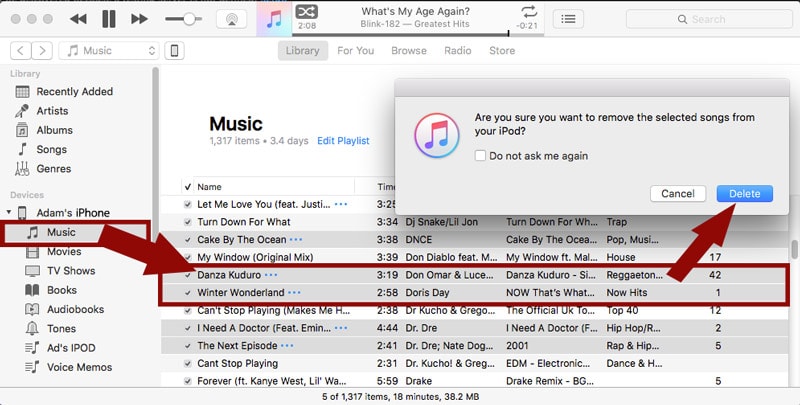
Follow the steps below to uninstall Xcode and completely remove all its associated data-leftover files and components. However, some files may still be lurking behind.

When you uninstall Xcode from your Mac, a bunch of these files will be deleted. That’s why you should use the mdfind command to locate the files before uninstalling Xcode. You may find extra Xcode files in directories not listed above on your Mac. Files and folders commonly associated with Xcode are listed below: Mind you, you shouldn't delete all directories displayed in the results. You can run the command again after uninstalling Xcode to find any leftover file. Take note of the directories and file paths in the results. Type or paste the command below into the Terminal console and press Return on your keyboard.ģ. Go to Finder > Applications > Utilities and double-click Terminal.Ģ. You can use the mdfind command in Terminal to locate all the files associated with the Xcode app. That’ll give you an idea of where to look when you need to delete Xcode’s leftover files after uninstalling the app. How to Uninstall XCode From Your Macīefore you proceed to uninstall Xcode, we recommend that you find where the app's files and components are located on your Mac.

You may also need to uninstall Xcode if you’re selling off your Mac or gifting it tot someone who isn’t a developer. Uninstalling the app might be the next best thing if all troubleshooting solutions prove abortive. Say, for example, XCode fails to compile your app or install some vital components/simulators. So when some features of Xcode consistently malfunction time and time again, you might want to completely remove the app from your Mac. Sometimes, the best way to fix the issues and prevent Xcode from filling up your hard drive is to uninstall the app and reinstall it from scratch. In the long run, these temp files may cause the app (and your Mac) to freeze or malfunction during usage.

During usage, Xcode also creates a lot of temporary cache files that consume an insane amount of storage space. The (latest version of the) app is about 11GB on the App Store. Despite being a super app development tool with several benefits, Xcode has one huge downside: it’s a data hog. Creating applications for Mac and iOS devices is a lot easier with Xcode. Xcode is one of the best Integrated Development Environments (IDEs) for writing, testing, and deploying Apple apps.


 0 kommentar(er)
0 kommentar(er)
